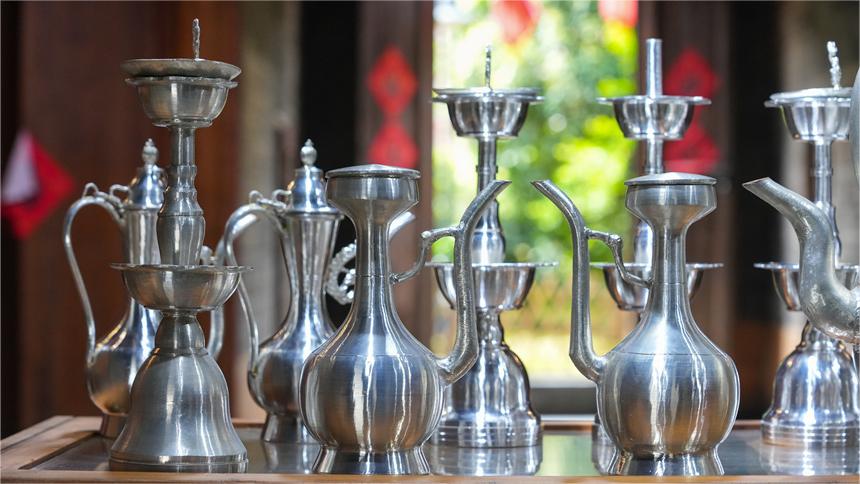Archaeological collaboration continues millennia-old history of China-Kyrgyzstan civilizational exchange
As soon as Valery Kolchenko sent a photo on WeChat, Tian Youqian immediately responded, “How is our little mound doing?”
Tian is a research curator at the Shaanxi Provincial Academy of Archaeology, while Kolchenko is a senior researcher at the Institute of History, Archaeology, and Ethnography of the National Academy of Sciences of the Kyrgyz Republic.
The photo of a hillside covered with weeds and flowers, referred to affectionately as the “little mound”, was that of the ancient city of Navekat in Kyrgyzstan. Kolchenko has collaborated closely with Chinese archaeologists in the excavation of the ruins of the ancient city.
"Our Chinese colleagues have come a long way to work here. They respect our customs and culture while exploring both Kyrgyzstan's past and their own. It's such subtle, culture-based exchange that allows civilizations to endure and evolve," said Kolchenko.
The ruins represent one of the landmarks along the UNESCO World Heritage Site, "Silk Roads: The Routes Network of Chang'an-Tianshan Corridor," a cultural heritage site jointly nominated by China, Kazakhstan, and Kyrgyzstan.
Archaeologists believe that over 1,000 years ago Navekat was a bustling new city on the ancient Silk Road.
Coins from China's Tang Dynasty (618-907) and artifacts with Sogdian inscriptions have been unearthed from the ruins of the ancient city. Kolchenko added that Zoroastrian tombs, Buddhist structures, and Christian gravestones have also been discovered at the ruins.
"We can say that this is a crossroads where different cultures and religions converge and blend," Kolchenko noted. "Where else can this be achieved except on the Silk Road?"
Kolchenko is one of the fine examples of the growing cultural integration and fusion occurring along the modern Silk Road Economic Belt.
Since 2018, archaeologists from the Shaanxi Provincial Institute of Archaeology in northwest China's Shaanxi Province have traveled to the ruins of Navekat several times to conduct joint archaeological excavation and research with Kyrgyz archaeologists. Employing advanced surveying technologies, including real-time kinematic (RTK) positioning, the team has been able to unearth building foundations, wall remnants, and numerous artifacts while also mapping the entire ancient city site.
The collaboration has continued to deepen. In June this year, nine researchers from the Shaanxi Provincial Institute of Archaeology came to the ruins to continue excavation at a Buddhist temple site.
“International exchanges and cooperation have created major opportunities for the development of archaeological research,” said Shi Yanxin, an assistant researcher from the Shaanxi Provincial Institute of Archaeology, who was on the nine-member archaeological research team.
Despite their different archaeological traditions, Chinese and Kyrgyz archaeologists respect each other and work in close coordination, Shi noted. He added that their understanding of each other's working philosophy and methods has grown in tandem with a deepening of their personal friendships.
(Web editor: Hongyu, Wu Chengliang)









